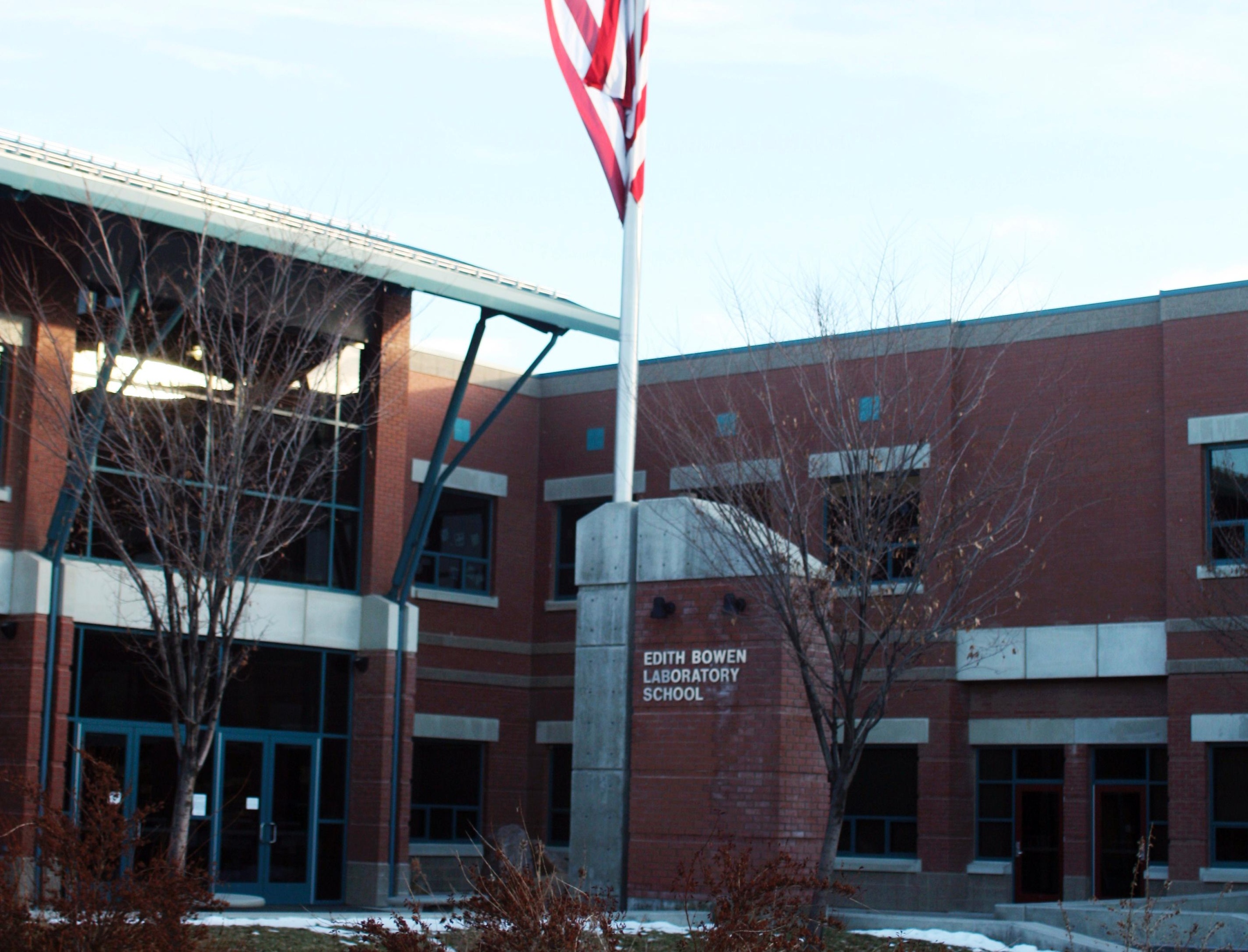Utah education ranking drops, finances prove biggest factor
The state of Utah received a “C-” for overall quality of K-12 education this year in Education Week newspaper’s annual nationwide assessment. Down three places from last year, Utah placed 41st in the nation, just above Arizona, Oregon and Idaho.
Sylvia Reed, associate department head of teacher education and leadership, said Education Week’s assessment was, “a moderately fair way to judge and rank states,” but that it ignored a few important factors.
“The main reason Utah comes out 41st on the rankings is because of the school finance measures,” Reed said. “If you take a look at (the Education Week website), you’ll see that we are indeed the lowest in the nation when it comes to per-pupil expenditures.”
Utah’s lowest grade was, in fact, in the funding category, where it was ranked 47th in the nation and earned a letter grade of “D.” It’s highest grade was in “Chance for Success,” which measures how well students are prepared for higher education and how much money they are projected to earn as adults. In this category, Utah earned a “B-” and ranked 20th.
Annaliesa Poet, a junior majoring in exercise science who attended public high schools in both California and Utah, said she felt Utah’s school system was much worse.
California ranked 30th in the nation for overall quality assessment.
“Utah high school was a lot easier,” Poet said. “The teachers were much more easily manipulated by the students. The work load was a lot less.” She also said Utah schools were less strict, that student athletes got away with more, and that there was less diversity among students and in teachers’ teaching styles. She said, however, that Utah education did have its strengths.
“One really excellent thing about Utah education is that they do concurrent enrollment,” she said.
She said she knew many students who graduated high school with their associate degrees or with a skills certificate. She also said that her Utah school was further along in mathematics.
Poet said the one drawback to California’s system was the larger class sizes.
Reed said class sizes were one of the most important factors in a student’s education, and that it was one factor not taken into consideration in the assessment.
“When you ask about whether or not students arrive ready to learn at our state’s universities, it would be helpful to know what class size is like in Utah’s high schools,” she said.
She said large high school class sizes might account for why many students have to take remedial courses when they come to college. High school teachers in Utah often have 200 or more students per semester, and giving each student the personal attention they need can be overwhelming.
“The heart of good teaching is providing differentiated instruction based on students’ needs,” she said. “That’s a nearly impossible task given the class sizes and student loads that Utah’s teachers have.”
USU English internship coordinator Linda Morse said she, too thought large class sizes were a major contributing factor. She said growing class sizes and recent budget cuts were pushing Utah’s performance lower.
“We have to really look seriously at raising taxes or doing something to improve – cut down the class sizes as well as improve the quality of education our students are getting,” she said.
Morse said she attributed the budget problem to overly-conservative legislators in the Utah Congress. “Several years ago they actually reduced the tax on the rich, and I just don’t know any other way you that you can raise money for public schools unless you do increase the taxes,” she said.
Morse said that in a survey done every year, Utahns say they would be willing to pay more taxes if it benefited students, but that legislators simply aren’t listening.
Despite Utah’s low ranking in the assessment, Reed said Utah schools are not in trouble. “Similar complaints have been made for over a hundred years,” she said. “And yet we as a state and as a nation educate a higher percentage of all students than ever and a more diverse population than ever.”
More information about Education Week’s assessment can be found at www.edweek.org.
– robmjepson@gmail.com

